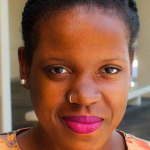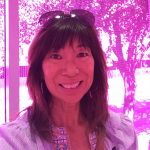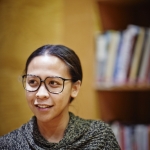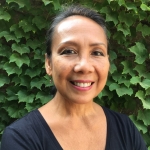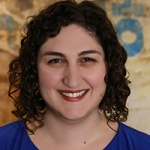Annually, the Public Art Network (PAN) Year in Review recognizes outstanding public art projects that represent the most compelling work for the year from across the country and beyond. The projects are selected and presented by a jury of three professionals who represent different aspects of the public art field, including artists, administrators, and other public art allies. New this year, the PAN Advisory Council curated the selected 49 selected projects for 2018 under five unique themes to broaden the exposure of the selected works on ARTSblog and social media, and to provide context to the works through national trends and themes that are impacting the field today.
Site-responsiveness is a hallmark of public art, wherein the artist(s) commits to an investigation of site to inform the work. Creative investigation considers geography, locality, topography, community (local, historical and global), and history (local, private and national)—sometimes re-telling well-known stories and sometimes unearthing long forgotten or unheard stories. The 2018 PAN Year in Review projects featured below each serve as a social agent to explore local histories of what we build, create, and invent. Holding our histories to inform our futures, these works also explore human perception, evolution, conflict, and progress. Many of these projects acknowledge environments or communities that once existed in these landscapes, reinterpreting history of community in a contemporary and, in many cases, interactive way.
Read More








